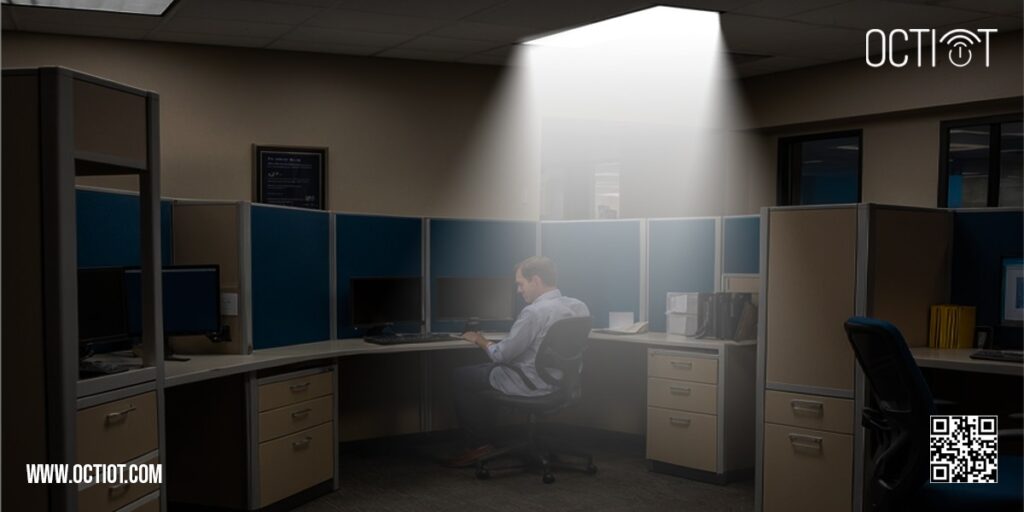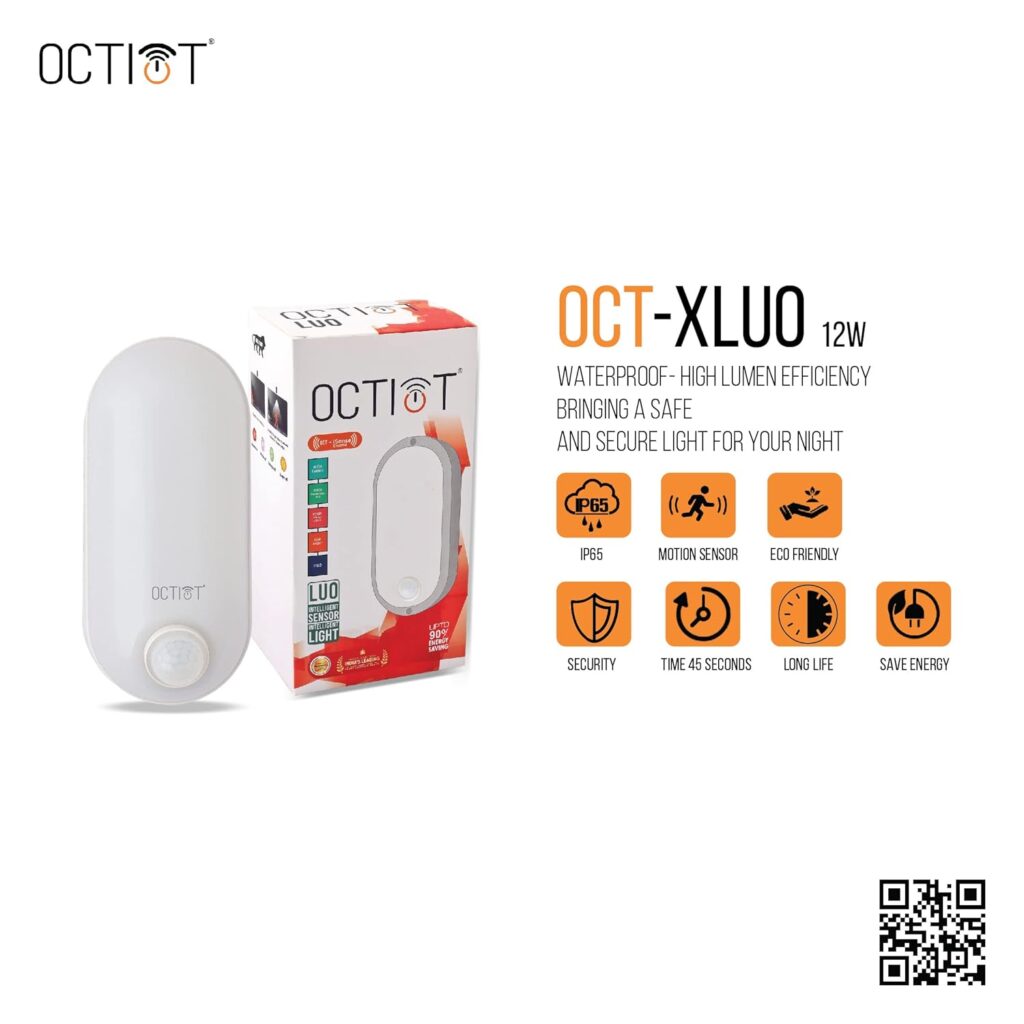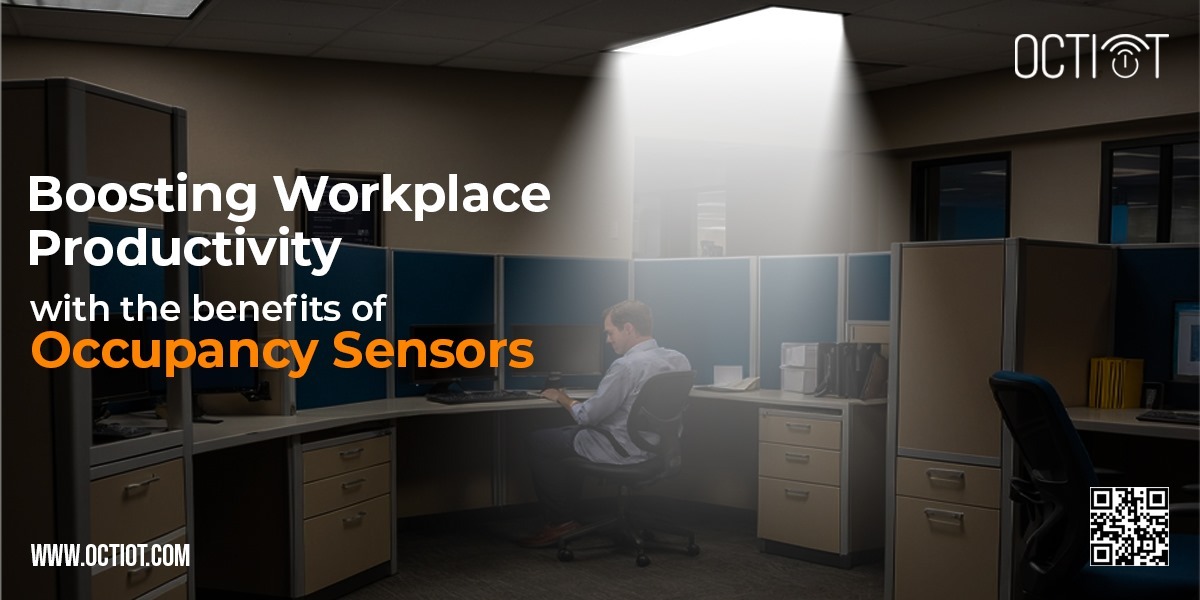Increasing productivity at the workplace is the need of the hour in today’s fast-moving business environment. One such oft-overlooked tool that brings immense improvement in efficiency is the occupancy sensor. Such smart devices, like motion sensors and motion sensor lights, are making waves in changing how businesses function in their spaces—from automating lighting to giving insights into space usage, making the workplace more productive and energy-efficient.

What are Occupancy Sensors & How Do They Work?
Occupancy sensors are devices that sense people occupying a room or specific area. They are capable of detecting movement, which would trigger the action of a light turning on or a thermostat setting a temperature. Motion sensor lights, very common in the application, light up automatically a space as one approaches it and then turn off after a specified amount of time with no motion detected. Not only does this conserve energy, but it also means workers have lighting when they need it.
1. Passive Infrared (PIR)
PIR sensors are sensitive to heat emitted by a person in motion. This technology can only see movement in its line of sight; it will not capture people behind obstacles, partitions, or through glass. This technology works best in single-use bathrooms, storage closets, or small offices.

2. Ultrasonic
It’s much like the Doppler effect or echolocation used by dolphins and bats. Sensors emit high-frequency signals, which pick up changes in frequency from motion. The frequency is high enough that it is not detected by the human ear or by hearing aids. These sensors don’t have a line of sight, making them superior in restrooms with stalls or large common areas.
3. Radar/Microwave
Radar sensors, or microwave sensors, operate like ultrasonic units; however, they use electromagnetic waves. Electromagnetic waves move much faster than sound waves and, therefore, detect small motions. This goes for everything from typing to breathing and other motions that are hard to detect with ordinary sensors. They’re best for large spaces and challenging environments—like the outdoors.
Office Occupancy Sensor Applications
Such useful data on space utilization can be collected through a cocktail of four different applications when it comes to office occupancy sensors. The meeting rooms, open offices, hot desks, storage closets, stairwells, and common areas have different sensor configurations to take the best solution concerning cost and accuracy.
Ceiling-Mount Sensor
Ceiling-mount occupancy sensors should ideally be used in larger spaces such as lobbies, cafeterias, coworking areas, and large board rooms. Multiple installations might be required to cater to the overall area. They can collect information such as footfall traffic and give insight into where people congregate, whether they use open meeting areas, and which areas are often empty.
Enhancing Energy Efficiency
The most immediate benefit that comes from an occupancy sensor installation is drastically reduced energy usage. So often, many lights are left on in unoccupied rooms, clearly wasteful but reflected in higher utility bills. Now, the moment this occupancy sensor detects a vacancy in a room or any other space, the lights turn off, ensuring that a facility uses energy only when it’s required by its occupants. This can result in real cost savings, particularly in large offices or multi-room facilities with a large number of hallways.
Improving Employee Comfort and Productivity
Apart from the direct energy savings, occupancy sensors can help further improve the comfort and productivity of employees. Since the lighting gets automated, there won’t be a chance for employees to work in poorly lighted conditions—thereby reducing stress on the eyes for increased comfort. Lastly, occupancy sensors help companies track occupancy patterns to enhance the use of space and ensure that employees have the necessary resources available when needed.
For instance, with occupancy sensors directly inside a normally empty meeting room, this informative data allows managers to close that space or make it unavailable. Having data at the core of space management delivers an environment that facilitates employees’ needs and increases productivity.
Enhancing Safety and Security
The other important application of motion sensor lights is in security and safety reinforcement at work. With well-lit spaces, insecurity is low to invite any unauthorized access, hence reducing accidents. Motion detectors in parking lots, stairwells, and other similarly hazardous locations turn on the lights to make employees feel safe and secure, especially after hours.
Environmentally Friendly Solutions
These are aside from the practical advantages of occupancy sensors. Occupancy sensors are also a way to contribute toward sustainability in companies. Reduction of excess energy usage reduces the carbon footprint and helps save the environment. Not only does this help the planet but it also adds to the social reputation of the company.
Supporting Health and Well-being Initiatives
A healthy workplace is needed now more than ever in the backdrop of the COVID-19 pandemic. Occupancy sensors can help support social distancing by providing alerts when common areas have become too crowded. Occupancy sensors track the number of people within a space to ensure that businesses can provide a healthier environment for their employees.
Customizable Automation
Modern occupancy sensors offer a high degree of customization, allowing businesses to tailor automation settings to their specific needs. For instance, lights can be programmed to dim instead of turning off completely when a room is unoccupied, creating a more comfortable and welcoming atmosphere. This level of customization ensures that the technology aligns with the unique workflows and preferences of the business, further enhancing productivity.
Conclusion
Occupancy sensors and motion sensor lights are innovations that will help firms improve productivity, raise the level of comfort for their employees, and lower operational costs. As these technologies further develop, their impact on workplace efficiency and sustainability will only grow.
Are you upgrading your office or facility? If invested, occupancy sensors can be a game changer, providing both short—and long-term business benefits.
Contact us: 088600 12342
For more information: sales@octiot.com




